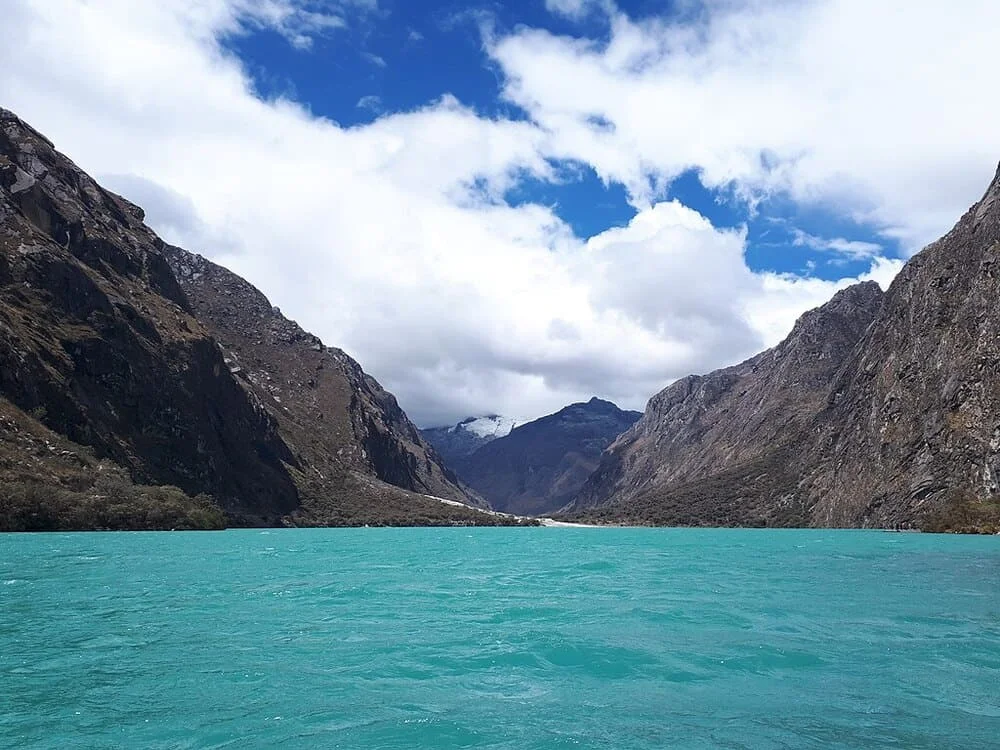
Nestled in the heart of the Peruvian Andes, Huaraz serves as the gateway to the majestic Cordillera Blanca, the world’s highest tropical mountain range. This region, rich in natural beauty and cultural heritage, offers unparalleled opportunities for adventure and discovery.
Absolutely. Huaraz is often referred to as Peru’s adventure capital, offering a plethora of outdoor activities such as trekking, climbing, and mountain biking. Beyond adventure sports, the city provides cultural experiences, vibrant markets, and a chance to immerse oneself in the Andean way of life. Its proximity to natural wonders like the Cordillera Blanca makes it a must-visit destination for nature enthusiasts and cultural explorers alike.
Yes, walking in Huaraz is generally safe, especially in the main areas frequented by tourists. As with any city, it’s advisable to take standard precautions: avoid poorly lit areas at night, keep valuables secure, and stay aware of your surroundings. The local community is welcoming, and many travelers enjoy exploring the city on foot without issues.
To fully appreciate what Huaraz and its surroundings have to offer, a minimum of 4 to 5 days is recommended. This allows time for acclimatization to the altitude and participation in various activities such as day hikes, cultural tours, and exploring the city itself. For those interested in longer treks or multiple excursions, staying 7 to 10 days would be ideal.
Yes, Huaraz is situated at an altitude of approximately 3,052 meters (10,013 feet) above sea level, while Cusco is at about 3,399 meters (11,152 feet). Therefore, Cusco is slightly higher than Huaraz.
The optimal time to visit Huaraz is during the dry season, which spans from May to September. During these months, the weather is more stable, offering clear skies and favorable conditions for outdoor activities like trekking and climbing. However, this period is also the busiest, so planning and booking accommodations in advance is advisable.

The term “Cordillera Blanca” translates to “White Range” in English, aptly named due to its numerous snow-capped peaks. This mountain range boasts over 50 summits exceeding 5,000 meters (16,404 feet), including Huascarán, the highest peak in Peru at 6,768 meters (22,205 feet). The perpetual snow and glaciers contribute to its striking white appearance, making it a prominent feature of the Andean landscape.
The Cordillera Blanca is home to a diverse array of wildlife adapted to high-altitude environments. Some notable species include:
These species, among others, contribute to the rich biodiversity of the region, offering wildlife enthusiasts ample opportunities for observation.
The prime climbing season in the Cordillera Blanca aligns with the dry season, from May to September. During this period, weather conditions are more predictable, with minimal precipitation and clearer skies, providing safer and more enjoyable climbing experiences. It’s essential to consider acclimatization due to the high altitudes and to plan climbs with experienced guides familiar with the terrain.

The region offers a multitude of trekking routes catering to various skill levels:
These treks provide immersive experiences into the natural beauty of the Andes, with opportunities to observe local flora and fauna.
Huaraz and its surroundings are rich in cultural heritage, offering travelers a deep insight into Peru’s ancient civilizations and modern Andean life. Some key cultural experiences include:
Huaraz offers a range of accommodations catering to different budgets, from backpacker hostels to luxury eco-lodges. Some recommended places include:
Huaraz is accessible from Lima, Peru’s capital, through the following options:
Since Huaraz sits at 3,052 meters (10,013 feet), altitude sickness can be a concern. To minimize its effects:

Huaraz and the Cordillera Blanca offer one of the most breathtaking high-altitude experiences in the world. Whether you’re a seasoned trekker, an aspiring mountaineer, or a traveler seeking cultural immersion, this region provides an unforgettable adventure.
From the majestic peaks of Huascarán and Alpamayo to the spiritual landscapes of Chavín de Huántar, Huaraz is more than just a stop on the way to the mountains—it’s a cultural and natural wonder waiting to be explored.
If you’re planning a trip, make sure to visit during the dry season, prepare for the altitude, and immerse yourself in both the adventure and traditions that make this region unique.
Customize your itinerary with our experts and create the perfect adventure.